The four noble truths are the most widely recognized teaching of the Buddha today. This book is the first comprehensive study of the teaching as it appears in the Tipitaka, the canon of the Theravada Buddhism. By first identifying the four noble truths as a "right view", the author traces the teaching throughout the canon and the commentaries. There are two distinct patterns that the four noble truths follow: first, they appear in stories of the Buddha's biography as a symbol of his enlightenment; and second, they appear in extended networks of the Buddha's teachings as propositions of doctrine. Surveying the breadth of scholarship on the four noble truths, the book argues that the four noble truths have been identified as the central teaching of the Buddha because they have been interpreted according to their symbolic function in the Tipitaka. The book concludes that the historical claim that the four noble truths are the first teaching of the Buddha is less compelling than the fact that the teaching functions both as a symbol and as a proposition within the Theravada tradition. Even the cate-gories of symbol and propositions, however, must be reassessed in order to fully grasp the range of meanings encompassed by the category of "right view".
Pain and its Ending : The Four Noble Truths in the Theravada Buddhist Canon
Buddhist Tradition Series
Book: 45In stock
Free & Quick Delivery Worldwide
reviews
Bibliographic information
Title
Pain and its Ending : The Four Noble Truths in the Theravada Buddhist Canon
Buddhist Tradition Series
Buddhist Tradition Series
Author
Edition
1st ed.
Publisher
ISBN
8120818067, 9788120818064
Length
xvi+255p., Tables; Notes; Glossary; Bibliography; Index; 22cm.
Subjects

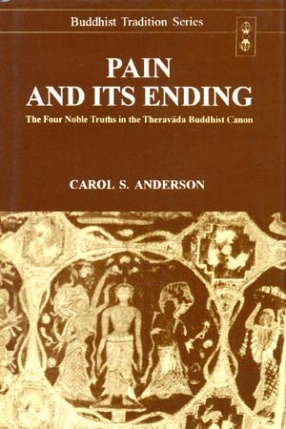

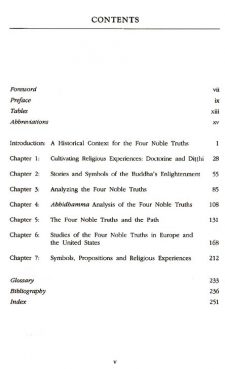
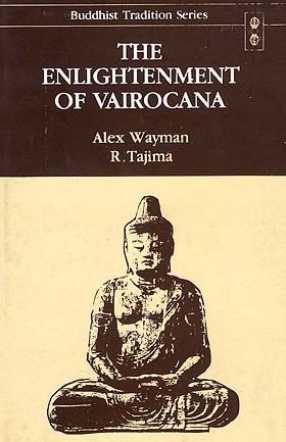

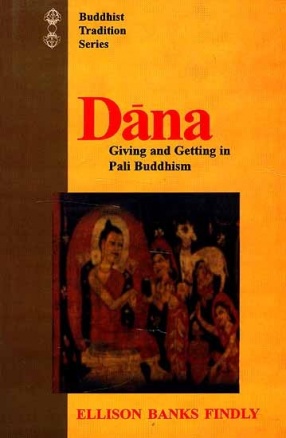
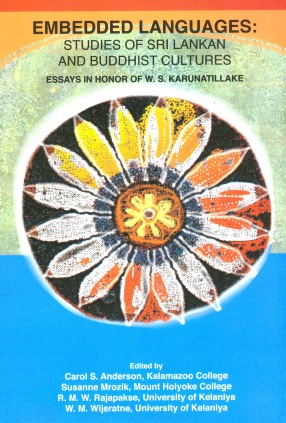
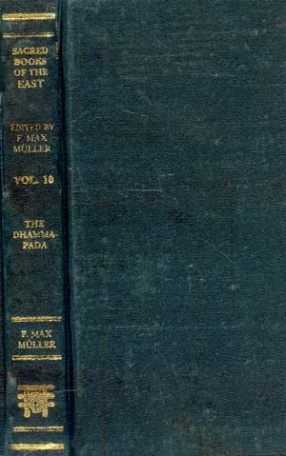
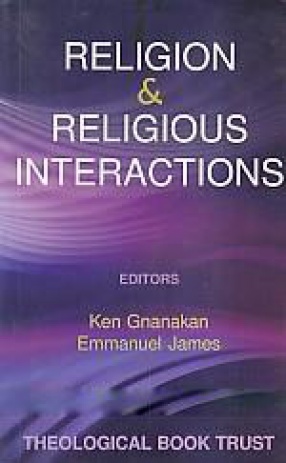
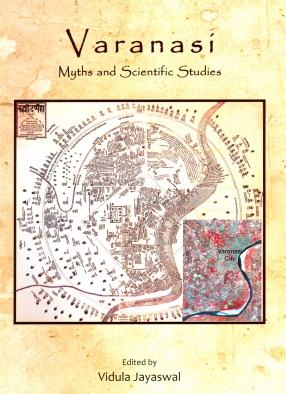
There are no reviews yet.